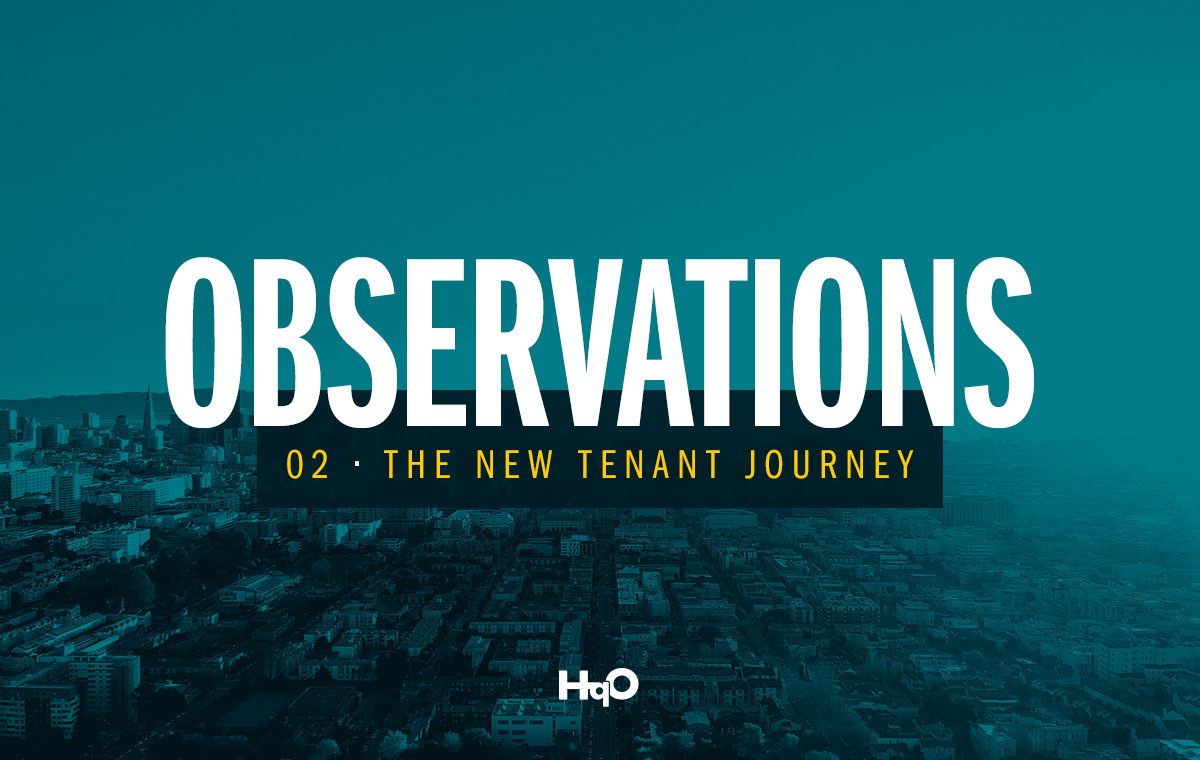The dynamics of the employer-employee relationship have profoundly changed in what we all hope are the waning days of the COVID-19 pandemic. Until March 2020, employers commonly set the work rules that determine the parameters of when employees worked, how they worked, and where they worked. While employers will continue to define how to best operate their businesses and will always exercise their rights of approval over the nature of the workday experience, the attitudes and opinions of their employees about working at the office may now play a greater role in operational decision-making.
At a minimum, in the days to come, the employee’s voice may exert greater influence on what percentage of the workplace population employers can reasonably expect to be at the office on any given day, or how many times each week. Human resources consulting firm OperationsInc noted in a recent blog post that “reopening offices is not the time to take an authoritarian approach with your employees. Communication is vital and should be transparent.” The company strongly recommends soliciting input and opinions from employees to gauge their acceptance and concerns about returning to the office.
The time to canvas the tenant-employee workforce is now. A June 2021 study by the Partnership for New York City, which noted that only 12% of workers had returned to the office as of May, revealed that employers in the Big Apple expected a sharp acceleration of return in the coming months. More than double, 29%, will bring employees back to the physical workplace by the end of July, and 62% by the end of September. While it is likely that some portion of the remaining 38% will work remotely into 2022, influencing these workers to seek to return to the office is a major opportunity for the commercial real estate industry in both the long- and short-term. Understanding the tenant-employees’ wants and needs, their concerns, attitudes and motivations, and their perceptions of the workday journey – both while in the building, and while commuting to and from, is critical to making informed decisions on how to re-energize interest and enthusiasm for returning.
In the survey sent to their own employees, OperationsInc. collected data responding to questions that included:
- “If you are not comfortable returning to the workplace, what factors are impacting your decision?”
- “Do you feel safe and supported coming back to work?”
- “Are you satisfied with our announced efforts to maintain a safe work environment?”
Understanding the answers to these questions, among others, has enabled the company to develop return-to-work strategies and adopt policies that are responsive to the perceptions and opinions of their employees. The pendulum, of course, has not and will not swing entirely toward the dictates of employees. The firm’s survey instrument clearly stated that while employee responses were important to the company’s decision-making process, there would be no guarantee that every employee’s preference for work accommodations would be accommodated.
The company’s survey was also revealing because it asked qualitative questions about the employee’s journey:
- “Would your mode of transportation to the office pose significant risk for Covid exposure?”
- “Have you relocated? Temporarily or permanently? To where?”
- “Are you comfortable traveling to clients’ offices?”
- “What has been the most positive part of working remotely for you?”
- “What has been the most challenging part of working remotely for you?”
By asking these questions, the company may better address whether root causes behind employee reticence toward returning to the office are related to the quality of the experience inside the building, the journey to and from the facility, or factors related to work-life balance. The more our buildings and employer-tenants can increase employee confidence in the safety and security of the workplace and reduce the tenant-employee’s level of anxiety at every point along their driveway-to-driveway workday experience, the more comfortable tenants will be when they return.
Recognizing that worker attitudes will continue to play at least some role in shaping corporate policies, CRE owners may focus their energies on transforming acceptance of returning to the office into demand to return and work in our buildings more often. Redefining the new tenant journey while they are in the building with services, conveniences, and content, delivered physically and digitally, that enhance the quality of the workday can help to drive this demand. Offering relevant and valued programming and promotions that can help to rebuild our community of tenant-employees can also establish a “fear of missing out” among remote workers on the great life- and work-enhancing experiences accessible to those who are working in the building. Collectively, the services, conveniences, and programming can also serve to mitigate the pain points of the parts of the tenant journey that we cannot control, like commuting, by making the experience of working in the office more worth the inconvenience. Understanding the attitudes of our tenant-employees can pay enormous dividends to our tenant employers, as well as a re-energized focus on the quality of the in-office experience may well serve as a competitive advantage in employee retention to a much greater degree than ever before.
Next time, we’ll explore how asking the right questions, in the right ways, can improve the quality of the data we receive from tenant-employees.
Frank Supovitz, an award-winning experience designer, producer, event organizer, and author, has played a leading role in the success of such world-class properties as the Super Bowl, the Indy 500, and the South Street Seaport in New York City. A respected global thought-leader in sports, entertainment, and facilities management, he brings more than three decades of expertise to the HqO Team as a senior consultant for Tenant Experience. Contact HqO to put our Tenant Experience team to work for you.



